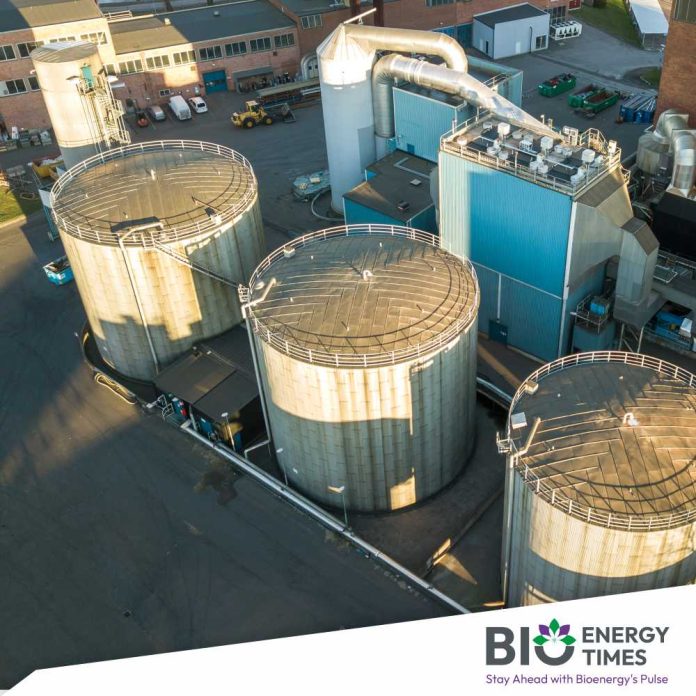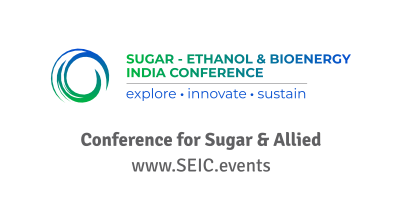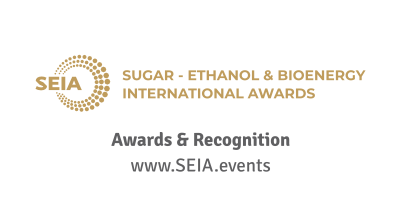Scientists in China have discovered a new and more affordable way to improve biogas quality using a special porous material called ZIF-8. Their method increases methane purity from 60% to over 95%, making biogas a more viable energy source, reported Gasworld.
Biogas, produced through the breakdown of organic matter, often has low methane content, which limits its usefulness. Existing methods to purify it, such as membrane separation and pressure swing adsorption (PSA), are effective but expensive and require a lot of energy. The new approach could make biomethane, a renewable alternative to natural gas, a stronger competitor against fossil fuels.
The drive to increase biomethane production is increasing globally. During the ADBA (Anaerobic Digestion and Biogas Association) National Conference in December 2024, UK MP Miatta Fahnbulleh emphasised its significance, saying that anaerobic digestion and biomethane can assist in decreasing reliance on fossil fuels and that the next decade will be pivotal for the industry.
ZIF-8 is a filter-like material that can permit the passage of specific gases while rejecting other gases. It filters out carbon dioxide and hydrogen by absorbing them and allowing methane to pass through, which results in its high efficiency in gas separation and enhancing the purity of methane.
The researchers explain that ZIF-8 assists in three key ways: it offers a platform for methane-producing microbes to proliferate, accelerates carbon dioxide conversion, and enhances gas separation, leading to better-quality biomethane.
As the world continues to call for cleaner energy, discovering ways to economically improve biogas will be key in making biomethane a potential substitute for fossil fuels. The European Biogas Association has been cited as stating that biomethane is currently the most cost-efficient and scalable form of renewable gas because it can be used just like natural gas, making it an essential part of the transition to cleaner energy.
Even though ZIF-8 could reduce the price of purifying biogas, challenges remain. Large-scale production would require investment in equipment and alternative technologies such as electrification and hydrogen could be more effective in the long run, according to some experts. The new process has shown promise in the lab, but its effectiveness under real conditions remains to be seen.
For detailed information and further insights, please refer to BioEnergyTimes.com, which provides the latest news about the Biogas Industry
















